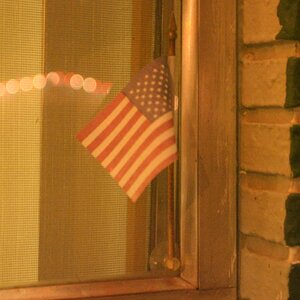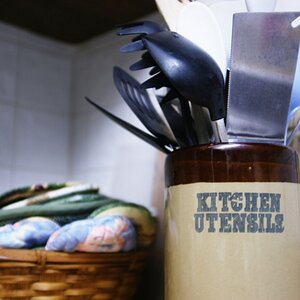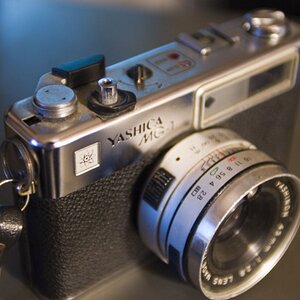Amberly001
TPF Noob!
- Joined
- Jun 26, 2013
- Messages
- 39
- Reaction score
- 4
- Can others edit my Photos
- Photos NOT OK to edit
I have tried to look online about some ideas on how to take photos of men or people working in the shop.
My dad makes knives and he wants me to photograph him working in the shop.
Everything I find online is either about traveling, workshops on some random photography thing that has nothing to do with what I want, or graphs on statistics.
I would like some ideas ASAP, and thank you very much!
also ideas on taking great photos of the workshop, like his work area on his desks and walls.
My dad makes knives and he wants me to photograph him working in the shop.
Everything I find online is either about traveling, workshops on some random photography thing that has nothing to do with what I want, or graphs on statistics.
I would like some ideas ASAP, and thank you very much!
also ideas on taking great photos of the workshop, like his work area on his desks and walls.




![[No title]](/data/xfmg/thumbnail/37/37491-9a5a4b87cc7adab94e5cc59f2da93701.jpg?1619738112)
![[No title]](/data/xfmg/thumbnail/37/37604-7ad625e983f92f880eb65a264eeef5e4.jpg?1619738148)


![[No title]](/data/xfmg/thumbnail/42/42024-bf0604d67b26c7acb5e4d59254692618.jpg?1619739981)
![[No title]](/data/xfmg/thumbnail/38/38444-6063bb59cb410c520a1ccccbe58db9c7.jpg?1619738614)


![[No title]](/data/xfmg/thumbnail/42/42025-fa343f816d0cedc45447aa0b300e301e.jpg?1619739982)


